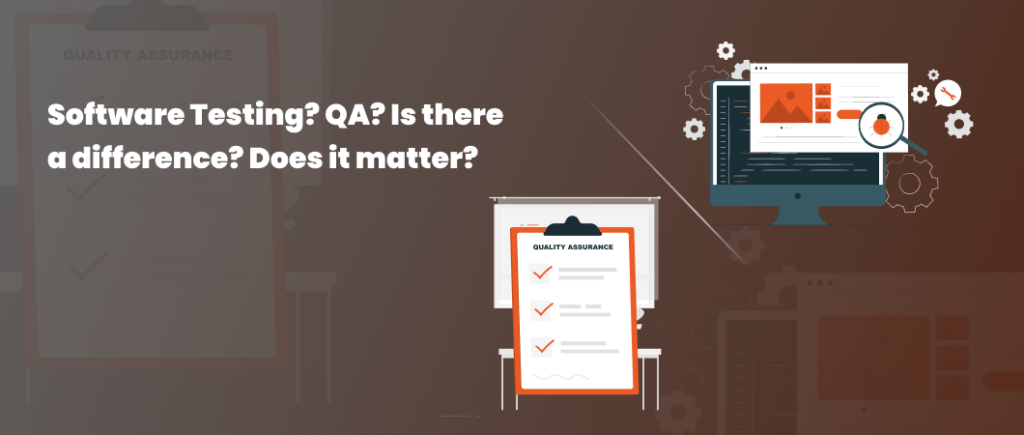Last updated on April 15th, 2024
The influence of software becomes extensive as we move to a digitally embedded society. But for the software to be useful, it must exhibit a smooth and fail-proof functionality. Faulty software can lead to disastrous consequences, especially in an era where user experience concerns are invariably in the spotlight. Poor quality software leads to operational failures, inefficient performance, frustrated users, and slow response time. In some cases, such irregularities can even lead to critical system failures. Consider the case of Boeing’s software failure. The disastrous software flaws in the Boeing 737 Max plane were responsible for the death of 346 people.
Technical coding errors in the software can lead to functional glitches and the overall failure of the project. Besides monetary losses, software failures also impact the brand image, and understandably so.
With rapid technology innovation and the evolution of software development and testing methodologies, it is essential to leap from usual software testing to quality assurance. Here is everything you need to know about software testing and quality assurance.
What Is Software Testing?
Software testing involves the evaluation of software to confirm its relevance, functionality, and performance. It helps businesses understand the risks related to the implementation of the software. Software testing aims to determine the accuracy of software under specific assumptions.
Types of Software Testing with Objectives
Below are some types of software tests with different objectives:
Acceptance Testing:
It verifies the functioning of software and tests for its acceptability in the context of business requirements and compliance.
Unit Testing:
The granular software components are tested to validate the performance of the software code as per the expectations.
Integration Testing:
The specific software modules are tested in groups to evaluate compliance and specific functional requirements.
Performance Testing:
It helps in evaluating the reliability, application size, stability, speed, and robustness of the software system.
Functional Testing:
It helps determine whether every software component is working as per the predetermined requirements. In simple words, it helps evaluate if the software does what it ideally should.
What Is Quality Assurance?
Quality Assurance (QA) a proactive approach to achieving desired software quality. It ensures that appropriate procedures are being adhered to during the development and delivery of the software application. Quality assurance is integrated within the Software Development Lifecycle (SDLC) and the wider software development process to prevent potential bugs in the software. This process also improves the team’s productivity by specifying the requirements for development and quality standards.
Types of Quality Assurance Tests
Below are some types of quality assurance tests:
Regression Testing:
It ensures that any change or update in the software does not hamper the existing functionalities.
Mobile Testing:
This test focuses on testing the usability and performance for mobile-specific cases like low battery or during a phone call.
Data Conversion Testing:
This validates the functionality of the application to identify defects. It also checks for compatibility between old and new systems.
User Acceptance Testing:
This test allows software developers to forecast potential problems with software experience and performance.
Difference Between Software Testing and Quality Assurance
Software testing is a reactive approach that identifies and fixes the mistakes in software, whereas quality assurance avoids potential software problems. Both processes are fundamental to ensure the best-in-class software quality.
In a nutshell, quality assurance is the overall management to ensure the successful realization of software quality objectives. It covers all the policies, standards, processes, tools, and training to achieve the desired software quality. On the other hand, software testing is a component of the quality assurance strategy.
Software Testing or Quality Assurance – What to Consider?
Quality assurance begins very early and continues throughout the SDLC. In essence, both software testing and quality assurance focus on ensuring the quality of a system. However, the focus must not solely be on rectifying bugs but also on supporting processes and strategies. And this is where adopting the more dynamic model of quality assurance comes into play. Of course, software testing remains integral to the QA initiatives. But, the emphasis is now on creating the right conditions for developing and delivering a high-quality product. Not only does this approach reduce costs and bring in more efficiency, but it also ensures that the product suffices customers’ needs.
So, How to Ensure Best-in-Class Software Quality?
A high-quality product can keep your business competitive in today’s digital world, provided that it keeps even minor glitches, errors, bugs, etc., at bay. That’s because they can lead to significant losses down the line.
With the right technology ingrained in your products and services, it is also essential to invest in an efficient quality assurance strategy to streamline execution and roll out high-quality products in the market.
At Forgeahead, we aim to provide greater value by emphasizing and implementing robust QA initiatives. With a perfect blend of manual, performance, compatibility, unit, and API testing, along with automation engineering, we ensure the delivery of the best quality assurance services for your software application.
Contact us to discuss your project requirements today.



